122.买卖股票的最佳时机II
class Solution:
def maxProfit(self, prices: List[int]) -> int:
profit = 0
for i in range(len(prices)-1):
diff = prices[i+1]-prices[i]
if diff > 0:
profit += diff
else:
profit += 0
return profit简单到我不敢相信。
本题解法很巧妙,大家可以看题思考一下,在看题解。
局部最优:收集每天的正利润,全局最优:求得最大利润。
局部最优可以推出全局最优,找不出反例,试一试贪心!
题解
class Solution:
def maxProfit(self, prices: List[int]) -> int:
result = 0
for i in range(1, len(prices)):
result += max(prices[i] - prices[i - 1], 0)
return result代码随想录
55. 跳跃游戏
那么这个问题就转化为跳跃覆盖范围究竟可不可以覆盖到终点!
每次移动取最大跳跃步数(得到最大的覆盖范围),每移动一个单位,就更新最大覆盖范围。
贪心算法局部最优解:每次取最大跳跃步数(取最大覆盖范围),整体最优解:最后得到整体最大覆盖范围,看是否能到终点
class Solution:
def canJump(self, nums: List[int]) -> bool:
cover = 0
#如果nums里面只有一个数,总是能到达终点的
if len(nums) == 1:return True
i = 0
while i <= cover:
cover = max(i+nums[i],cover)
if cover >= len(nums)-1:
return True
i += 1
return False还挺难理解的,就是说,局部最优,每次都走最大的。看这个图。一切就明白了

代码随想录
45.跳跃游戏II
class Solution:
def jump(self, nums: List[int]) -> int:
curdistance = 0
count = 0
nextdistance = 0
for i in range(len(nums)):
nextdistance = max(i+nums[i],nextdistance)
if i == curdistance:
if curdistance !=len(nums)-1:
count +=1
curdistance = nextdistance
if nextdistance >=len(nums)-1:
break
else:
break
return count 好难理解,我不太能理解反正就是。。。
class Solution:
def jump(self, nums: List[int]) -> int:
curdistance = 0
count = 0
nextdistance = 0
for i in range(len(nums)-1):
nextdistance = max(i+nums[i],nextdistance)
if i == curdistance:
curdistance = nextdistance
count +=1
return count 复习
203.移除链表元素
细节错误:
忘记创建虚拟头节点
然后需要遍历到最后一个元素的前一个元素
然后还需要判断head是否为空,如果为空的话,就return一个空值
class Solution:
def removeElements(self, head: Optional[ListNode], val: int) -> Optional[ListNode]:
#循环这个链表
if head is None:
return
dummy = ListNode(0)
dummy.next = head
cur = dummy
#这个细节有问题
while cur.next is not None:
if cur.next.val == val:
cur.next = cur.next.next
#这个细节有问题
else:
cur = cur.next
return dummy.next707. Design Linked List
插入节点的时候,记得创建temp变量来存储对应的节点
还有需要记得index 会不会溢出
class ListNode(object):
def __init__(self,val):
self.val = val
self.next = None
class MyLinkedList(object):
def __init__(self):
self.dummy_head = ListNode(0)
self.size = 0
def get(self, index):
"""
:type index: int
:rtype: int
"""
#注意
if index <0 or index >= self.size :
return -1
cur = self.dummy_head
for i in range(index+1):
cur = cur.next
return cur.val
def addAtHead(self, val):
"""
:type val: int
:rtype: None
"""
self.addAtIndex(0,val)
def addAtTail(self, val):
"""
:type val: int
:rtype: None
"""
self.addAtIndex(self.size,val)
def addAtIndex(self, index, val):
"""
:type index: int
:type val: int
:rtype: None
"""
#注意
if index > self.size:
return
cur = self.dummy_head
newNode = ListNode(val)
for i in range(index):
cur = cur.next
temp = cur.next
cur.next = newNode
newNode.next = temp
self.size += 1
def deleteAtIndex(self, index):
"""
:type index: int
:rtype: None
"""
#注意
if index < 0 or index >= self.size:
return
cur = self.dummy_head
for i in range(index):
cur = cur.next
cur.next = cur.next.next
self.size -=1206.反转链表
还比较简单,记得起来怎么写
class Solution:
def reverseList(self, head: Optional[ListNode]) -> Optional[ListNode]:
dummy = None
cur = head
pre = dummy
while cur is not None:
temp = cur.next
cur.next = pre
pre = cur
cur = temp
return pre



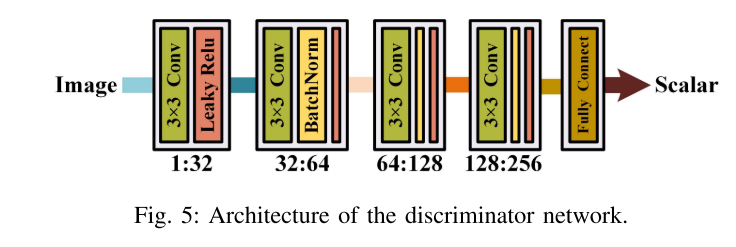


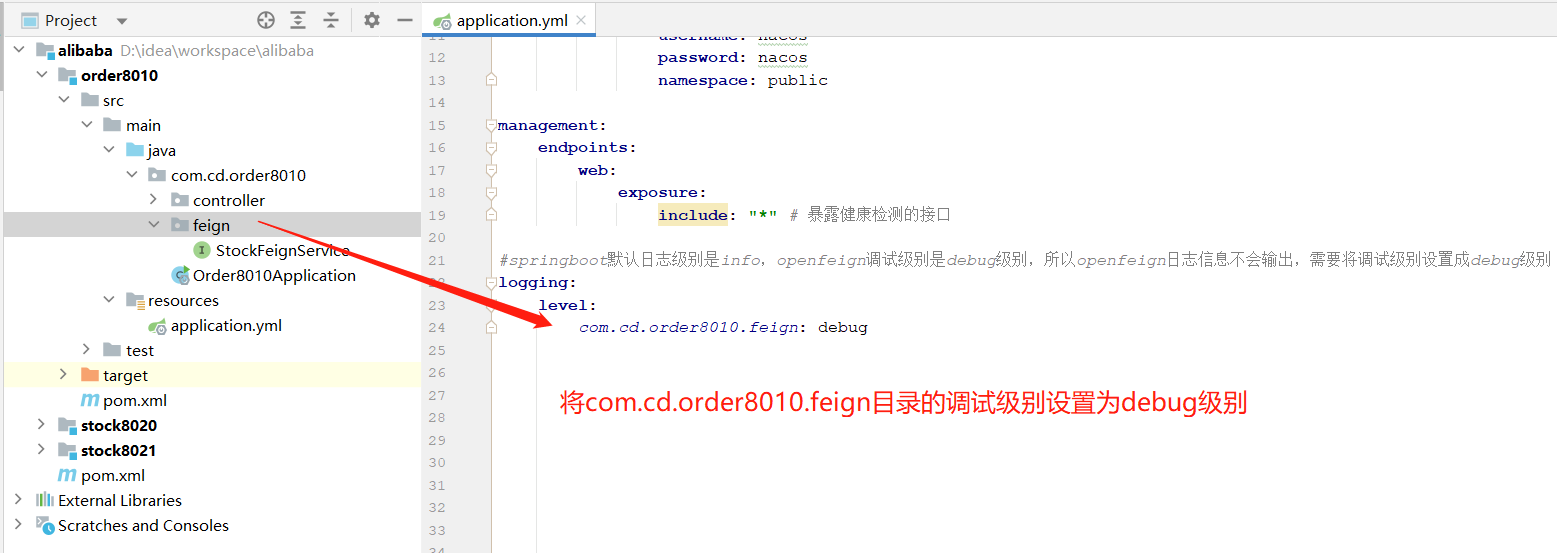




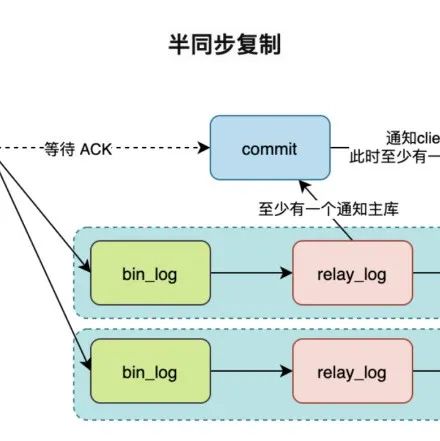


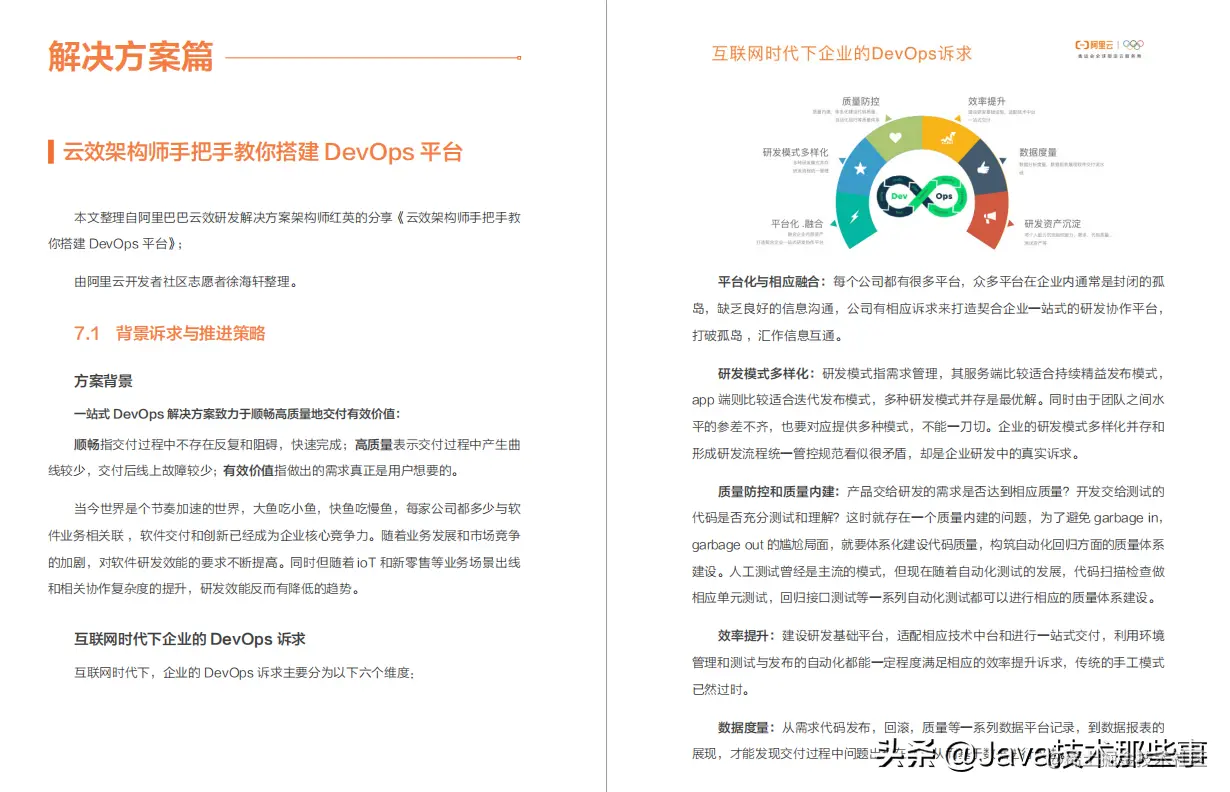

![面向OLAP的列式存储DBMS-10-[ClickHouse]的常用数组操作](https://img-blog.csdnimg.cn/c305e224951142e2961494ac0b7f252b.png)
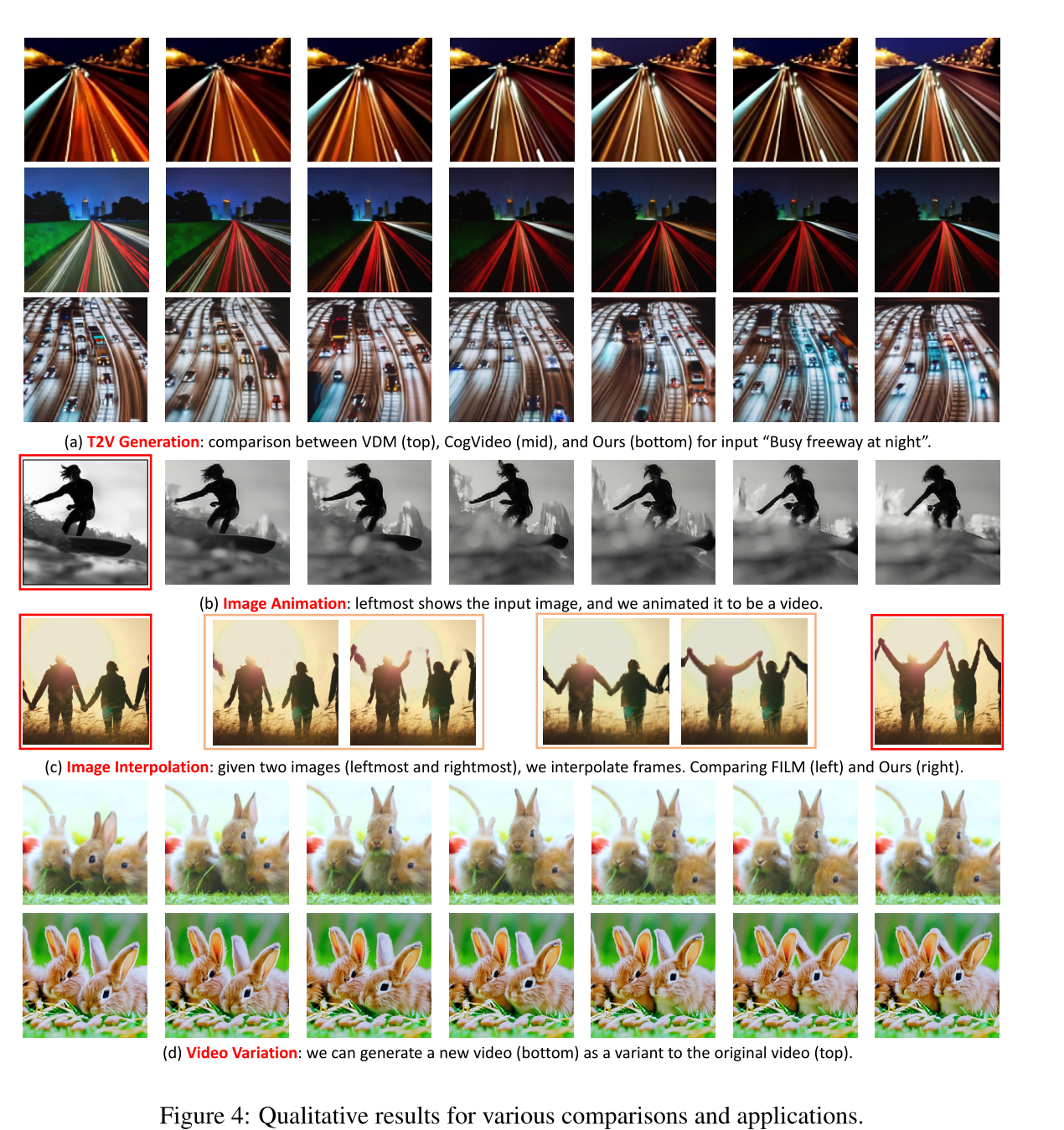
![[附源码]Python计算机毕业设计高校第二课堂管理系统](https://img-blog.csdnimg.cn/5e9849f019224a808b3bcbe5ef5719bc.png)